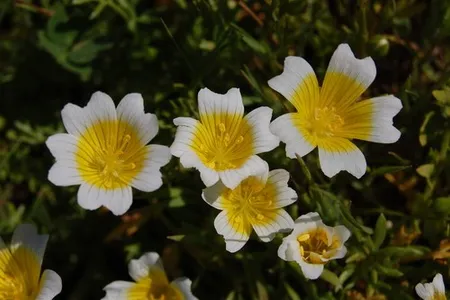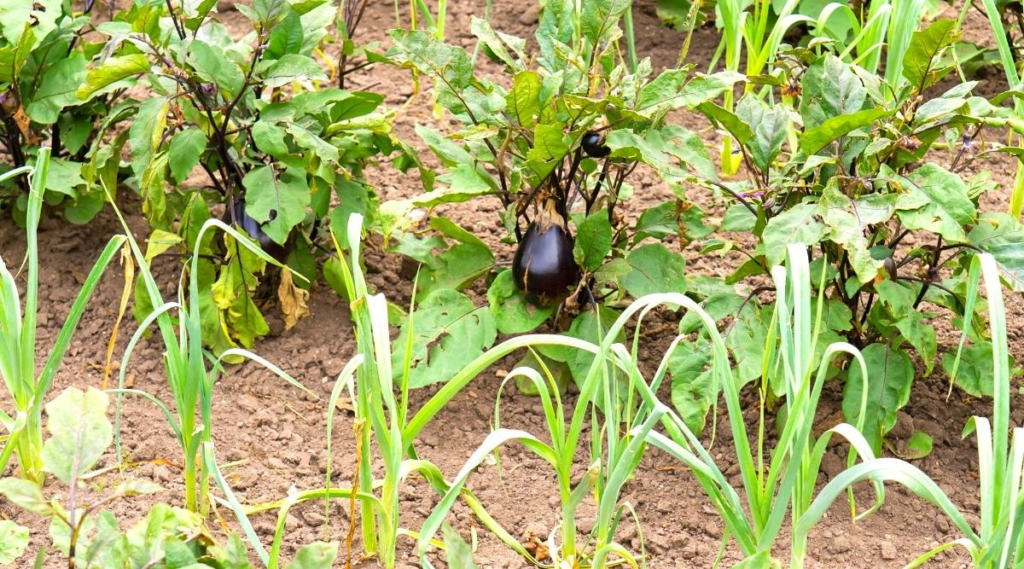Poached egg plant (Limnanthes douglasii) is not only charming with its bright yellow and white flowers, but also incredibly beneficial in the garden. Known for being pollinator-friendly, soil-improving, and easy to grow, this little plant offers much more than just aesthetic appeal.
I first learned about the versatility of poached egg plant in the vegetable garden through an article by Jeremy Dore, where he recommended it as an excellent overwintering green manure. Intrigued by the idea, I bought seeds, sowed them, and was pleasantly surprised by how well they performed.
Benefits of Poached Egg Plant in the Garden
Poached egg plant thrives in vegetable gardens, blooming vigorously in the summer and self-seeding for the next season. Unlike many other flowers that aggressively spread, this plant’s natural seeding habit is actually beneficial. Its seedlings, sprouting in autumn, help protect the soil from erosion, suppress weeds, and improve soil health, especially around overwintering crops like kale or Brussels sprouts.

In colder climates, you may need to cover the plants during winter to keep them going for the next growing season. However, if your goal is to use them as green manure, simply let them die off. Their decaying foliage will enrich the soil, and you can either dig them in before spring planting or add them to the compost pile.
Easy to Grow and Manage
Poached egg plants are friendly companions to other garden plants. Their low-growing habit ensures they won’t compete with taller vegetables. They’re also easy to manage — if they sprout in unwanted places, you can simply pull them out or move them elsewhere. Their distinctive fern-like leaves make them easy to identify, ensuring you won’t accidentally remove the plants you want to keep.

In autumn, self-seeded poached egg plants will bloom earlier than those sown in spring, providing a longer period of flowers. The bright yellow “yolk” in the center of each flower acts like a beacon for pollinators such as bees and hoverflies, attracting them to your garden. This makes poached egg plants an excellent choice for encouraging beneficial insects.
How to Grow Poached Egg Plant
Poached egg plants prefer fertile, well-drained soil in a sunny spot, though they can tolerate some shade. They grow well alongside taller plants like tomatoes, broccoli, or kale. Plant them between narrow-leaved crops like garlic and onions to help control weeds, or sow them along garden paths for added color.
To grow, space the plants about 10 cm (4 inches) apart. You can either broadcast the seeds or sow them in rows, thinning them as needed. A series of spring sowings will ensure a long-lasting display of flowers, while a later sowing will provide ground cover through the winter months.
Conclusion
Poached egg plant is one of the easiest and most rewarding companion plants you can grow. Whether you’re looking to attract pollinators, suppress weeds, or enrich your soil, this charming little plant has a lot to offer. Its cheerful blooms are sure to lift your spirits and bring a smile to your face — after all, it’s a flower that looks like a poached egg!
